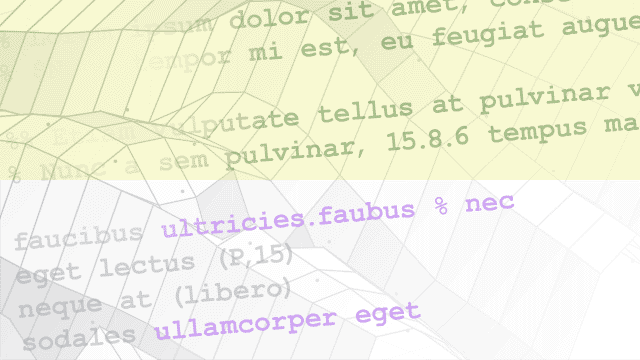Color
The toolbox represents colors as RGB values, but there are other models besides RGB for representing colors numerically. The various color spaces exist because they present color information in ways that make certain calculations more convenient or because they provide a more intuitive way to identify colors. The toolbox provides functions for converting color data from one color space to another. The toolbox also supports International Color Consortium (ICC) profiles for describing colors.
Functions
Topics
- Understanding Color Spaces and Color Space Conversion
A color space maps a color in a multidimensional coordinate system. Color spaces have different advantages in identifying colors or performing calculations.
- Device-Independent Color Spaces
Device-independent color spaces define a standardized color space where three values represent a color. Different standards exist for many applications of color display.
- Profile-Based Color Space Conversions
Device profiles contain information about how input, output, and display devices reproduce colors. Convert the color space so displayed colors look the same across all devices.
- Display Colors
The bit depth of a screen display defines how many distinct colors the display can produce. You can determine and change the screen bit depth of your system.
- Reduce the Number of Colors in an Image
Reduce the number of colors in an image using quantization, colormap mapping, or dithering.



